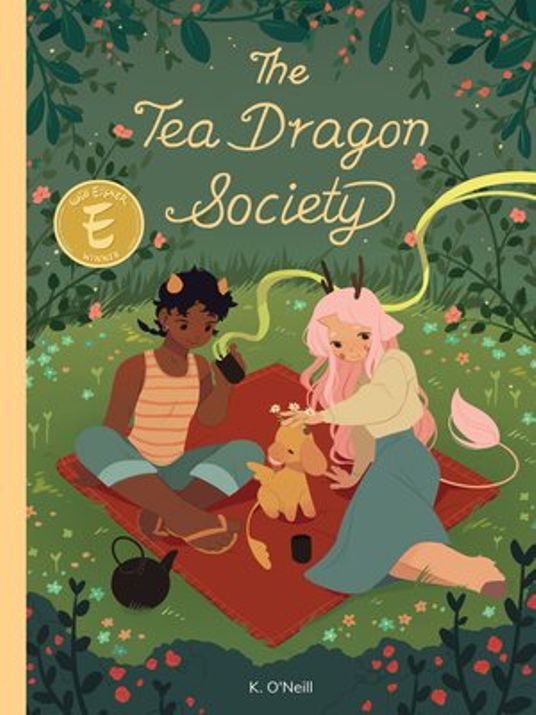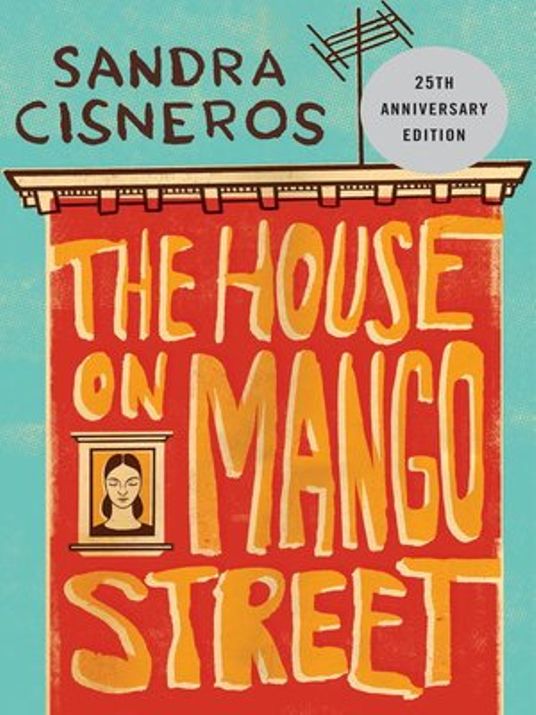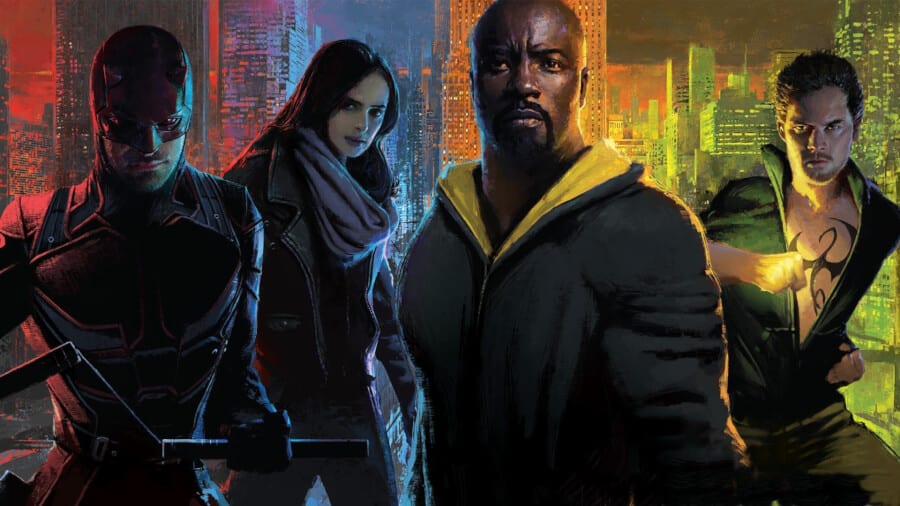There are several reasons why I prefer homeschooling over traditional schooling. Some of these include:
- Flexibility: Homeschooling can provide more flexibility in scheduling, which can appeal to some teens with other interests or responsibilities. For example, I can write my novels any time as long as I finish all my weekly high school requirements. I can also dual enroll with a university or college, finish high school, and get college credits.
- Personalized education: Homeschooling allows for more personalized instruction. This means I can cater my education to my interests and needs rather than following a one-size-fits-all curriculum. Because I get to choose my curriculum with my teacher, I almost always have no problems finishing my schoolwork quickly.
- Avoidance of negative social situations: Some teens may prefer homeschooling to avoid adverse social problems such as bullying, peer pressure, or a lack of inclusion. I never had this problem; most homeschooled high students I met or knew were too busy with their day-to-day lives. Most of the time, we’re with older adults, so there are no such adverse social problems.
- Increased family time: One of the advantages of homeschooling is that it can provide more opportunities for family time and closer bonds between parent and child. I like homeschooling because I can spend time with my siblings whenever I want or need to. When my family decides to travel, I can take my schoolwork with me, and there are no missed school days to make up. This is a huge perk for my parents and me since we love to travel.
- Religious or philosophical beliefs: Many families homeschool because it aligns better with their religious or philosophical beliefs and values. I have many friends who homeschool for this reason. It’s important to families that their children receive an education that aligns with their ideas. Because we’re living in the US, we have the freedom to choose; we all should take advantage of how we want to do school to improve ourselves as model citizens.
It’s worth noting that homeschooling is only for some, and this form of education can also be challenging and complex. The most difficult in homeschooling is being motivated and disciplined with your schedule. You are on your own when finishing and staying on task with your schoolwork. No teachers ask you to do it and finish it on time. No classmates to compete and get you going. No- just you competing against yourself to be the best version of yourself. This is why I love homeschooling, but many teens choose not to. However, for some teens like myself, homeschooling can provide an excellent choice and preferred educational experience.
Bella H.







